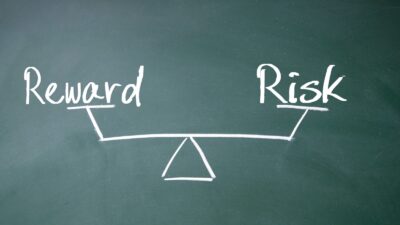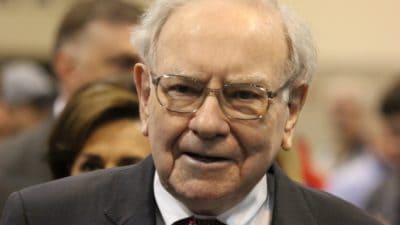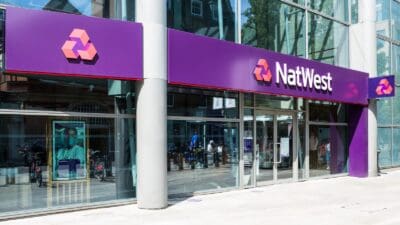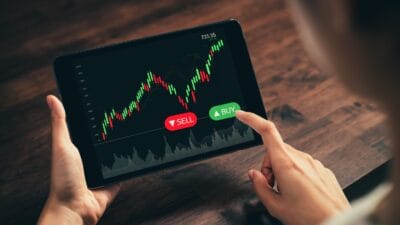The oil price crash that began several years ago initially shocked energy sector investors. However, the crash also presented income investors with one of the best opportunities for the past decade.
As the price of oil plunged towards $30, shares in Royal Dutch Shell (LSE: RDSB) followed suit. The oil giant’s shares hit a low of 1,350p at the beginning of 2016, and as the shares plunged, the dividend yield offered exploded, rising to over 11% at the highest point.
But despite the double-digit yield on offer, many investors chose to ignore the company due to concerns about the sustainability of the payout. Shell’s decision to acquire BG Group, which landed the company with tens of billions of dollars in additional debt, didn’t help matters.
Time heals
Fourteen months on and Shell has proven to investors that the company does have what it takes to both maintain its dividend, pay down debt and integrate BG.
Non-core asset sales have so far brought in more than $19bn worth of cash for the group, putting it well on the way to management’s target of $30 billion in asset disposals. These disposals are also turning Shell into a leaner and meaner operation.
The company plans to make shale oil and gas in the US, Canada and Argentina a key engine of growth in the next decade, targeting output of around 500,000 barrels of oil equivalent per day. Shale production at the firm’s existing acreage is profitable with oil at $40 a barrel, which gives some indication of what sort of assets the group is trying to develop in the current environment.
Furthermore, earlier this week the group sold Canada oil sands projects for $7.3bn, mostly removing it from one of the highest-cost and environmentally-conflicting oil production businesses. Meanwhile, Shell expects the demand for LNG will grow by 4% to 5% annually over the next 13 years, giving it a huge market to expand into.
Well placed for growth
With all these avenues for growth available to the company, Shell looks well positioned to reward shareholders over the next few years. And as the company continues to move away from high-cost assets towards more flexible production, profit margins will expand, improving prospects for the dividend. With this being the case, I believe there’s limited amount of time left for investors to buy into the company’s high dividend yield which currently stands at just under 7%.
Shell has proven over the past year that the firm can maintain its payout — something management has stated many times before — and as sentiment towards the company improves, this lofty yield will fall back to earth.
It’s not possible (or sensible) to try and predict exactly how much longer Shell’s yield will remain in the high single-digits. However, considering the fact that the shares are up by a third over the last 12 months, it’s not unreasonable to assume that over the next six months shares in Shell could rise by a double-digit percentage and bring the yield back down to 5% or less.







